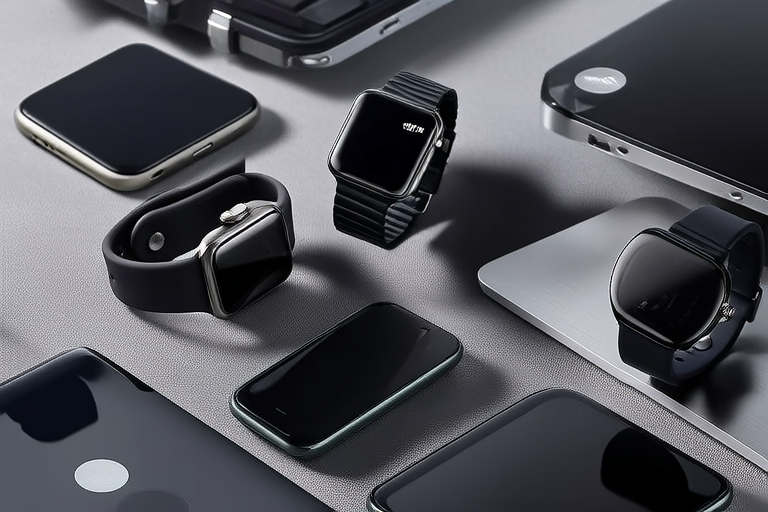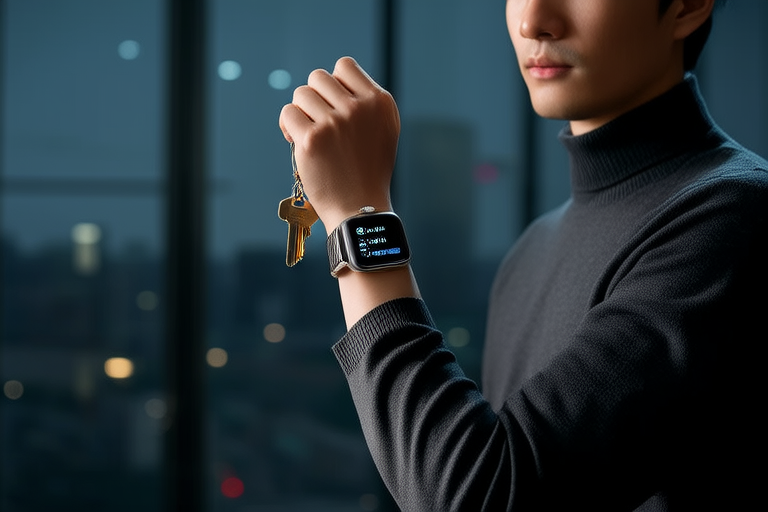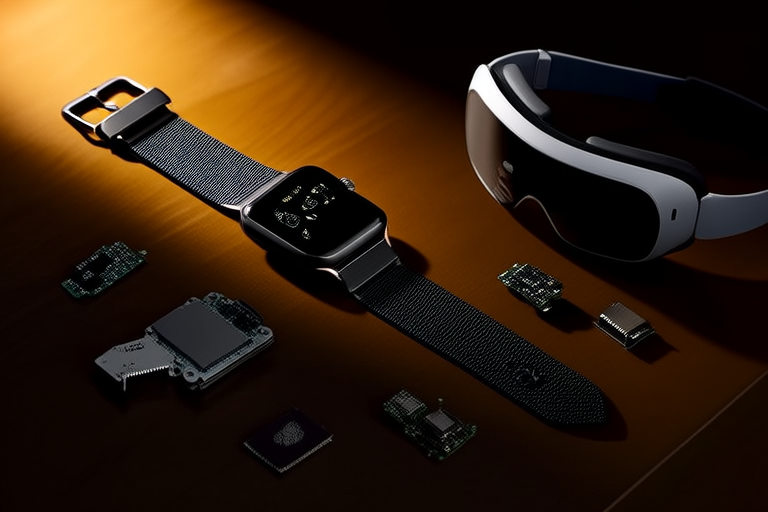“`html
Navigating the World of Wearables: What You Need to Know Before Your Next Purchase
Introduction
Wearable technology has become an integral part of our daily lives, offering a wide range of functionalities that enhance our health, fitness, and overall convenience. From smartwatches to fitness trackers and even smart glasses, these devices are designed to provide real-time data and insights, helping users make more informed decisions. However, with so many options available in the market, it can be overwhelming to choose the right wearable device. This article aims to provide you with essential information about different types of wearables, their functionalities, benefits, potential drawbacks, and important factors to consider before making a purchase.
Types of Wearables
Smartwatches
Smartwatches, like the Apple Watch and Samsung Galaxy Watch, are versatile devices that offer a wide range of features. They can track your health metrics, send notifications, and even make payments. Some models come with built-in GPS, allowing you to monitor your outdoor activities. These watches are ideal for individuals who want to stay connected while on the go.
- Key Features: Health tracking, notifications, mobile payments, GPS.
- Pros: Versatility, stylish design, integration with smartphones.
- Cons: Limited battery life, dependency on smartphone for full functionality.
Fitness Trackers
Fitness trackers, such as Fitbit and Garmin, are specifically designed for health and fitness enthusiasts. They track steps, calories burned, heart rate, and sleep patterns. Many models also include GPS and water resistance, making them suitable for both indoor and outdoor activities. Fitness trackers are often more affordable than smartwatches and are perfect for individuals looking for basic health monitoring.
- Specific Features: Step counting, heart rate monitoring, sleep tracking.
- Use Cases: Running, cycling, swimming, weightlifting.
- Target Audience: Fitness enthusiasts, health-conscious individuals.
Smart Glasses
Smart glasses, such as Google Glass and augmented reality (AR)/virtual reality (VR) headsets, offer unique capabilities and applications. These devices can project digital information directly into your field of vision, enhancing your experience in various settings. For example, AR glasses can provide navigation directions or translate text in real-time. However, they also come with challenges, such as limited battery life and social acceptance.
- Unique Capabilities: Augmented reality, hands-free interaction.
- Applications: Navigation, gaming, professional use.
- Challenges: Battery life, privacy concerns, social acceptance.
Other Wearables
Emerging trends in wearable technology include smart clothing and advanced health monitors. Smart clothing integrates sensors into fabrics to monitor biometric data, such as heart rate and muscle activity. Health monitors, on the other hand, are specialized devices that focus on specific health conditions, such as blood pressure or glucose levels. These innovations are pushing the boundaries of what wearable technology can achieve.
Key Features to Consider
- Health and Fitness Tracking: Look for features like heart rate monitoring, sleep tracking, and step counting.
- Connectivity: Ensure the device supports Bluetooth, Wi-Fi, and cellular connectivity if needed.
- Battery Life and Charging Options: Consider how long the battery lasts and whether it supports wireless charging.
- Water Resistance and Durability: Check the IP rating to ensure the device is suitable for your lifestyle.
- Compatibility: Make sure the wearable is compatible with your operating system (iOS, Android).
Benefits of Wearable Technology
- Improved Health and Wellness Management: Wearables provide real-time data to help users monitor and improve their health.
- Enhanced Convenience and Productivity: With notifications, reminders, and voice commands, wearables streamline daily tasks.
- Real-Time Data Access and Insights: Users can access and analyze data to gain valuable insights into their habits and performance.
- Integration with Smart Home Ecosystems: Many wearables can control smart home devices, adding another layer of convenience.
Potential Drawbacks
- Privacy Concerns and Data Security: Wearables collect personal data, raising concerns about privacy and security.
- Dependence on Smartphones: Many features require a smartphone to function fully, limiting standalone use.
- Cost Considerations: High-end wearables can be expensive, and the cost may not justify the benefits for everyone.
- User Experience and Ease of Use: Some wearables may have a steep learning curve or be difficult to navigate.
Factors to Consider Before Purchasing
- Personal Needs and Goals: Determine what you need from a wearable device and set clear goals.
- Budget Constraints: Consider your budget and look for devices that offer the best value for money.
- Brand Reputation and Customer Support: Research the brand’s reputation and availability of customer support.
- Long-Term Usability and Upgradeability: Choose a device that will meet your needs for the long term and can be upgraded as necessary.
Conclusion
In conclusion, wearable technology offers numerous benefits, but it’s essential to understand the different types and features available before making a purchase. By considering your personal needs, budget, and the device’s compatibility with your lifestyle, you can find the right wearable device that enhances your health, fitness, and convenience. Remember to do thorough research and consider your specific requirements to make an informed decision.
“`




